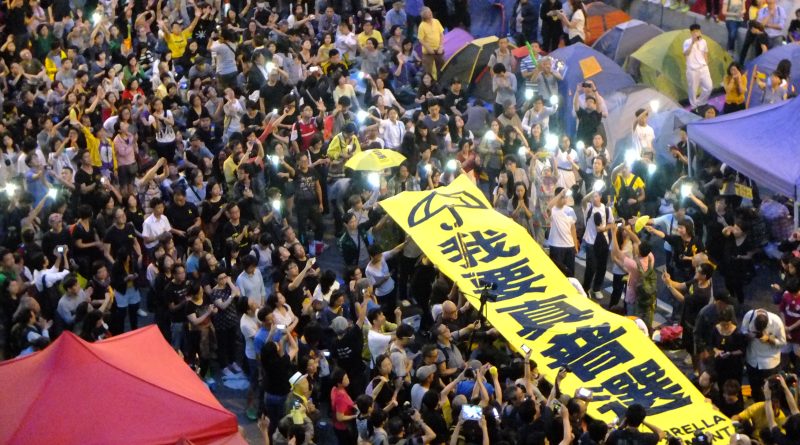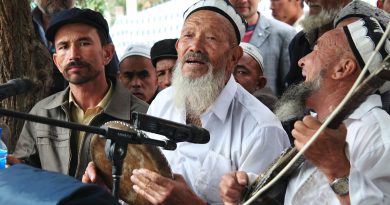Focus on Escalation: Hong Kong
Joaquin Matamis
Staff Writer
On October 5, the Hong Kong government issued an anti-mask law, targeting protesters in the ongoing anti-government movement. Despite the government’s best attempts at quelling the movement, the ban has sparked more defiant and violent protests, threatening the livelihood of Hong Kong’s citizens.
Carrie Lam, the chief executive of Hong Kong, created the anti-mask law under the Emergency Regulations Ordinance (ERO), a mechanism that allows laws to be passed without the jurisdiction of the legislative branch. On the surface, the law simply bans the use of masks in both authorized and unauthorized public assemblies. It also stipulates, however, that authorities are permitted to remove masks to verify and record people’s identities, arresting those who resist. As Inkstone News notes, protestors could be imprisoned for a year sentence and fined HK $25,000 or $3,500 USD.
The ban, however, carries a dangerous precedent for Hong Kongers and the government alike. The masks carry a dual purpose: firstly, they protect against irritants such as pepper spray or tear gas; secondly, they conceal the identity of protestors, whose professional careers and personal lives are at stake. Without these masks, protestors are vulnerable to police attacks and facial recognition. Protestors could also be targets of counterattacks by pro-government assailants. Nevertheless, protestors have not complied and are now brazenly wearing the masks as a statement against the establishment.
Authorities have responded brutally in response to the mask movement. With the anti-mask law having only been released last week, police and other security officials were not given any formal training, according to the South China Morning Post. Instead, authorities have followed a loose interpretation of the law, taking extreme and often violent measures against protesters. Additionally, SCMP reports that 77 protesters have been arrested under the anti-mask law. Alex Lam, a reporter for Hong Kong’s Apple Daily News, tweeted about his own experience with the brutality in Hong Kong:
“1st day of #AntiMaskLaw, cue the abuse of power. Riot police came looking for ppl with masks in Central like a pack of wolves. They found two and rushed to push them to the ground. With the new law, #HKPolice thinks the(y) can use force simply bc ppl cover their face. #FreeHongKong” (Twitter).
Violent means have even been taken against civilians and reporters who, by the anti-mask law, are permitted to wear them for religious, professional, or journalistic reasons. The lack of communication among security officials and police forces is mainly responsible for the unscrupulous attacks against innocent bystanders.
While the government’s aims were to quietly end the protests with a “deterrent effect,” the ERO backfired with the law being regarded as “draconian” at best, The Economist reports. Although Lam states she will not incite the ERO again, The New York Times predicts she may be tempted to establish curfews and other strict limits to civil liberties.
Now, Hong Kong officials and protestors are at an impasse. Carrie Lam and her cabinet hope to quell the ongoing protests while simultaneously proving their worth and independence to China. Nevertheless, the government’s efforts have only been met with fierce defiance by increasingly adamant protestors. Will the Lam administration infringe on human rights and crackdown on the Mask Movement? Will the CCP get involved to get Hong Kong under control? Or will the protestors prevail in the end?
The movement has been sustained for months and while the future looks grim, hope burns bright in the hearts of the people.



